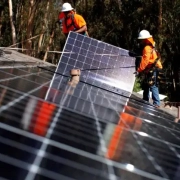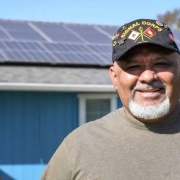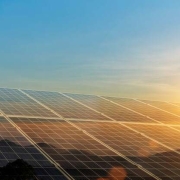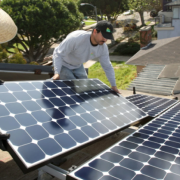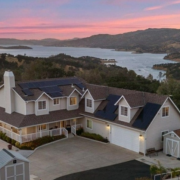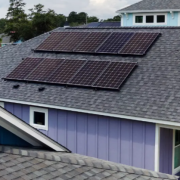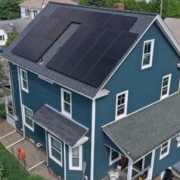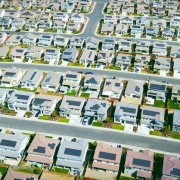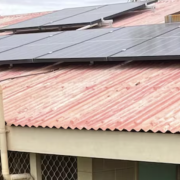The shift towards renewable energy sources is more crucial than ever. Climate change is no longer an abstract concept but a pressing reality that demands immediate and innovative solutions. As a solar and energy storage contractor here in San Diego, I believe the future of solar power needs to be re-imagined from a broader perspective.
Last year, the California Public Utilities Commission in its infinite lack of wisdom changed incentives for homeowners purchasing a new solar rooftop. The updated rules went into effect in April. The rule changes how systems need to be designed and some consider it a backward decision in a time when increased incentives are needed to encourage clean energy adoption.
Click here to read the full article
Source: TIMES of San Diego
—
If you have any questions or thoughts about the topic, feel free to contact us here or leave a comment below.

